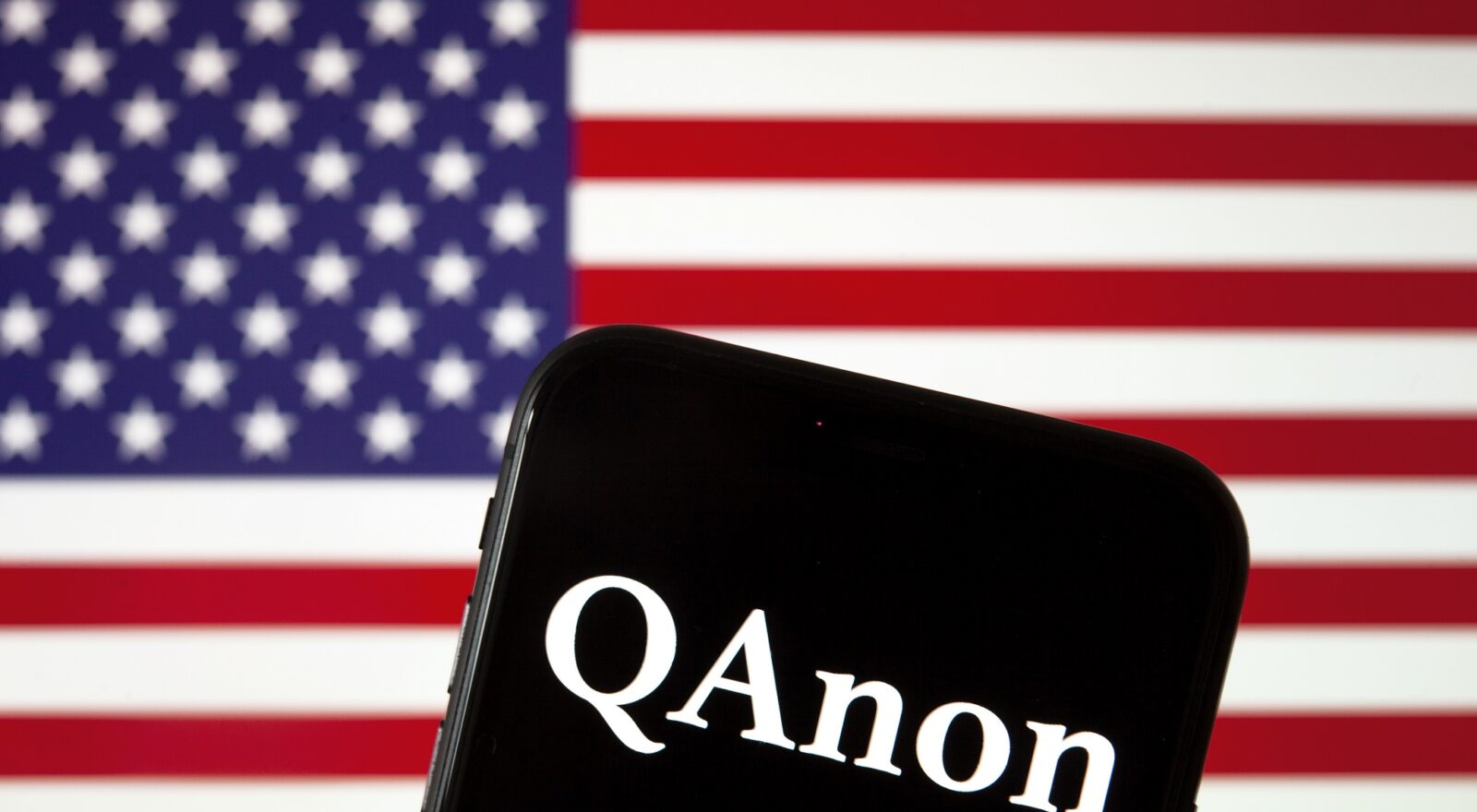
GOING QANON: religion, digitization and the security challenge
What does the U.S. conspiracy movement QAnon have in common with religion, what is the role of digitization in its spread and radicalization, and what should we expect in terms of security and cybersecurity.
On January 6, 2021, many of us heard, perhaps some of us for the first time, about QAnon when Capitol Hill was occupied by a large group of supporters of outgoing President Donald Trump, who loudly opposed the election of Joe Biden alleging election fraud.” Indeed, it appears that among the ranks of the attackers were many followers of the movement whose name almost resembles a cipher, an esoteric language.
QAnon is a movement that arose and flourished in the United States starting in October 2017 as a result of the activity of an anonymous user, Q, on the web4chan platform spreading secret information related to the so-called “Deep State.” According to Q and his proselytes, there would exist a kind of globalized network (cabal) plotting in the shadows, composed of Hollywood celebrities, billionaires, and democratic politicians which engages in pedophilia and feeds on the blood of young victims to regenerate and gain power. This underground apparatus would be able to influence society and political decisions, and former U.S. President Donald Trump would be designated as the Messiah who will save the United States and the ordinary citizen from this sordid hegemony (The Storm).
In addition to the messianic figure of the savior, the movement also permutes other elements from religion, particularly from conservative religious groups, such as the apocalyptic vision of a world and society on the verge of collapse and the coming of the antichrist. One only has to think of the clearly religiously inspired words shouted loudly during the very storming of the Capitol by the iconic figure of the action, the so-called “shaman”: “Thank you, heavenly Father, for being the inspiration needed to these police officers to allow us into this building.”
Over time, QAnon has increasingly taken on the overtones of a conspiracy theory, which is the definition that currently best describes the original movement born out of and on the web. In fact, the themes advanced by QAnon are not unprecedented and can be traced outside the United States, even to European countries. But then why has QAnon taken root so deeply overseas and why does it continue to recruit followers?
Pasquale Annicchino tried to answer this and other questions at the seminar “Going QAnon: religion, digitization and the challenge of security” organized by Fondazione Bruno Kessler’s ISR Center (March 7th 2023). The professor, a researcher and faculty at the University of Foggia School of Law, invited reflection on the peculiarities of the American context and the role that religion plays within the public sphere. Since the 1700s, various religious movements have arisen in that context, initially seen as esoteric sects reserved for a few but later becoming officially recognized religious movements (first and foremost, Scientology). In the United States, a legal/regulatory context is in place that facilitates the creation of new religious movements because of the relevance of religion in the public sphere and sometimes even at the geopolitical level, which Europeans cannot quite grasp, since they are accustomed to an idea of religion as a private and individual matter. QAnon itself presents some traits that may lead one to define it, rather than a conspiracy movement or theory, as a religion that presents some similarities with the language and matrix of conservative evangelical Christianity, for example in the re-proposition of the apocalyptic framework in which good fights against evil. Themes, indeed, not new at all, which reveal the importance and consequences of their sedimentation over the centuries.
Similarly, QAnon also borrows instances and language from the military sphere because of the role that violence plays in American culture and the admiration and credibility that the armed forces enjoy in society. Thus, the concept of digital soldiers strenuously fighting the great apocalyptic battle against the cabal arises, and QAnon becomes an “umbrella theory” that, through digital platforms, spreads and branches out with various specific features.
In fact, a key role in QAnon’s radicalization and expansion is played by the wed: we have seen that the movement originated precisely through a web platform, and again through the web it spread, with a strong acceleration during the Covid-19 pandemic, when communities of believers broke down and, forced into preventive isolation, moved online in search of evangelical content, often finding QAnon instead. Social media, podcasts, memes, etc., have been and still are instrumental in the radicalization of QAnon followers and the viral spread of the theory itself thanks to data profiling and algorithms that constantly propose what users want to see on their message boards. Religious communities, left alone in front of a sterile screen, without the support of a pastor or the physicality of the sacred text, felt lost and probably found in the movement what they were looking for: listening, unity of ideals, common struggle.
With these assumptions and after the serious events on Capitol Hill, what should we expect, in terms of security and cybersecurity, from QAnon? Apparently U.S. security agencies, including the FBI and West Point, are not taking this lightly and have begun to take a close interest in the phenomenon, not relegating it to a subject of study for academics. The solution seems to be to have certain and preventive regulations for the use of social platforms and the content that is disseminated through them. We need to intervene by design on the platforms well before they are put on the market to prevent the uncontrolled and uncontrollable spread of such conspiracy theories that could be the source of considerable damage to the moral and social fabric of a nation.





